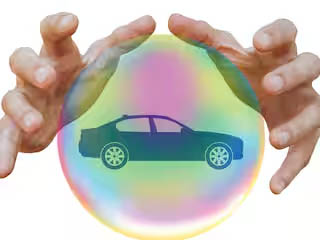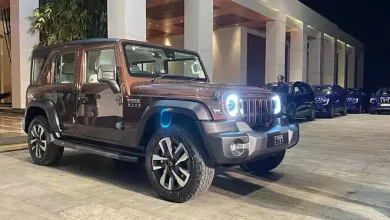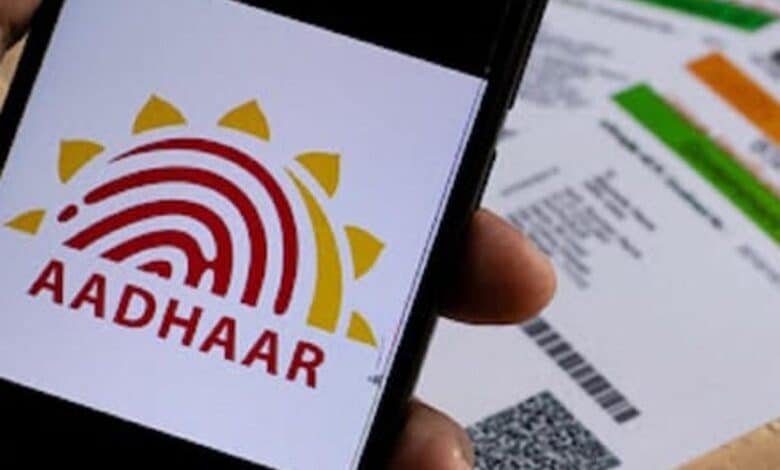Pay-as-you-drive insurance: How does it work? Know here

Business: In recent years, the auto insurance industry has seen significant innovations, one of the most notable of which is pay-as-you-drive (PAYD) insurance. Unlike traditional auto insurance, where premiums are largely fixed and based on factors such as age, gender, and driving history, PAYD insurance offers a more personalized approach. If you drive less than 10,000-15,000 km/year, you can get up to an 85% discount on your own damage premium based on your annual mileage. This type of insurance sets premiums based on actual driving behavior and mileage, providing potential cost savings for drivers and promoting safe driving habits. Benefits Cost savings: PAYD insurance allows low-mileage drivers to save money. Premiums are based on actual usage rather than estimated mileage, which can be more affordable for those who drive less frequently. Drivers who use their cars less frequently or exhibit safe driving behaviors can benefit from lower premiums.
Incentives to drive less:
PAYD insurance encourages policyholders to reduce their driving. This can reduce traffic congestion, lower emissions and reduce wear and tear on vehicles. PAYD insurance offers a more personalized insurance experience, with premiums tailored to individual driving habits. Fair pricing: Traditional insurance often charges the same premium regardless of mileage. PAYD insurance offers a more equitable pricing model, charging drivers based on the use of their vehicles. Flexibility: This model offers flexibility for drivers whose driving patterns may be variable. For example, someone who uses their car more during certain seasons may benefit by adjusting their premiums accordingly. Increased safety: With PAYD insurance, driving habits are often monitored through telematics devices. This can promote safer driving behavior as drivers become more aware of their driving patterns being recorded. By monitoring driving behavior, PAYD insurance encourages policyholders to drive more safely, potentially reducing accident rates.





